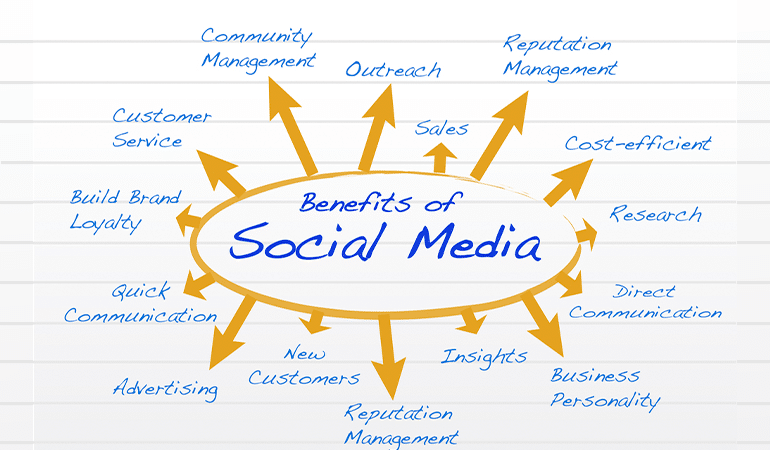The Evolution of E-Commerce and Its Impact on Retail
E-commerce has revolutionized the way we shop, transforming the retail landscape and reshaping consumer behavior. Over the past few decades, the rise of e-commerce has brought about significant changes in the retail industry, influencing everything from shopping habits to business strategies. This article explores the evolution of e-commerce, its impact on traditional retail, and the future trends that will continue to shape the industry.
The Early Days
The concept of e-commerce began in the late 20th century with the advent of the internet. The first e-commerce transaction is often credited to a sale of a CD by a company called NetMarket in 1994. This marked the beginning of a new era in retail, where physical presence in stores was no longer a necessity for shopping. Companies like Amazon and eBay were among the pioneers, launching platforms that allowed consumers to purchase goods online with ease.
The Growth of E-Commerce
The growth of e-commerce has been exponential. By the early 2000s, e-commerce platforms had become household names. Amazon expanded its product range from books to virtually everything under the sun, while eBay provided a platform for individuals to buy and sell items in a virtual marketplace. The convenience of shopping from home, combined with the ability to compare prices and read reviews, made e-commerce an attractive option for consumers.
Mobile technology further accelerated the growth of e-commerce. The introduction of smartphones and the development of mobile apps allowed consumers to shop anytime and anywhere. Mobile commerce, or m-commerce, has become a significant part of the e-commerce ecosystem, with an increasing number of purchases being made via mobile devices.
The Impact on Traditional Retail

The rise of e-commerce has had a profound impact on traditional retail. Brick-and-mortar stores have faced significant challenges as consumers increasingly turn to online shopping. The convenience of home delivery, the ability to easily compare products, and the often lower prices available online have drawn shoppers away from physical stores.
Many traditional retailers have struggled to adapt to this shift. Large department stores and shopping malls, once the cornerstone of retail, have seen declining foot traffic and sales. Some have closed stores or gone out of business entirely. However, those that have embraced e-commerce and integrated it with their physical operations have managed to survive and even thrive.
Omnichannel Retailing
To compete with the convenience of e-commerce, many traditional retailers have adopted an omnichannel approach. Omnichannel retailing involves creating a seamless shopping experience across multiple channels, including online stores, mobile apps, and physical locations. By integrating these channels, retailers can offer services like buy online, pick up in-store (BOPIS), and easy returns, enhancing the customer experience.
Investing in robust e-commerce platforms and technology is crucial for omnichannel retailing. Retailers need to ensure their websites and mobile apps are user-friendly, secure, and capable of handling large volumes of traffic. Additionally, efficient logistics and inventory management systems are essential to meet the demands of omnichannel operations.
The Role of Social Media

Social media has also played a significant role in the evolution of e-commerce. Platforms like Facebook, Instagram, and Pinterest have become powerful tools for retailers to reach and engage with consumers. Social media allows businesses to showcase their products, run targeted advertising campaigns, and interact with customers in real-time.
Social commerce, where social media platforms are used directly for purchasing products, is a growing trend. Features like Instagram Shopping and Facebook Marketplace enable users to buy products without leaving the app. This integration of social media and e-commerce provides a convenient shopping experience and opens up new opportunities for businesses to connect with their audience.
Benefits
E-commerce offers numerous benefits for both consumers and businesses. For consumers, the convenience of shopping from home, access to a wide range of products, and the ability to compare prices and read reviews are significant advantages. Online shopping is also time-saving and often comes with the benefit of home delivery.
For businesses, e-commerce provides the opportunity to reach a global audience. Unlike physical stores, online shops are not limited by geographical boundaries. This global reach can lead to increased sales and brand awareness. Additionally, e-commerce platforms offer valuable data and insights into consumer behavior, allowing businesses to tailor their marketing strategies and improve their products and services.
Challenges
Despite its many benefits, e-commerce also presents challenges. Cybersecurity is a major concern, as online transactions involve sensitive customer information. Businesses must invest in robust security measures to protect against data breaches and fraud.
Another challenge is the competition. The ease of setting up an online store means that there is a high level of competition in the e-commerce space. Businesses need to differentiate themselves through unique products, exceptional customer service, and effective marketing strategies.
Logistics and supply chain management can also be challenging. Ensuring timely delivery, managing returns, and maintaining inventory levels require efficient systems and processes. Businesses must invest in logistics infrastructure and technology to meet customer expectations.
Future Trends
The future of e-commerce looks promising, with several trends set to shape the industry. Artificial intelligence (AI) and machine learning are becoming increasingly important in e-commerce. These technologies can enhance customer experiences through personalized recommendations, chatbots, and efficient inventory management.
Augmented reality (AR) is another emerging trend. AR technology allows consumers to visualize products in their real environment before making a purchase. This can be particularly useful for items like furniture and home decor, providing a more immersive shopping experience.
Sustainability is also gaining importance in e-commerce. Consumers are becoming more conscious of their environmental impact and are seeking out eco-friendly products and practices. Businesses that adopt sustainable practices and offer eco-friendly products are likely to attract environmentally conscious consumers.
Conclusion
E-commerce has transformed the retail industry, offering convenience and accessibility for consumers and new opportunities for businesses. The evolution of e-commerce has brought about significant changes in shopping habits and business strategies, impacting traditional retail in profound ways. As technology continues to advance, e-commerce will undoubtedly continue to evolve, presenting both challenges and opportunities for the retail industry. Investing in the right technology, adopting omnichannel strategies, and staying ahead of emerging trends will be crucial for businesses to succeed in this dynamic and competitive landscape.







